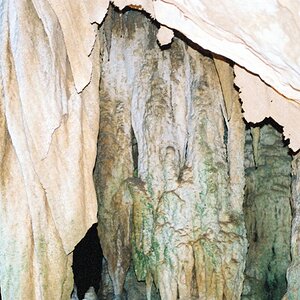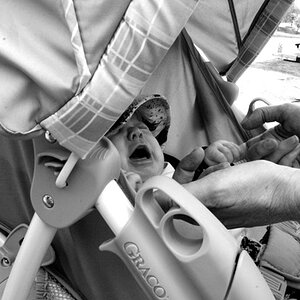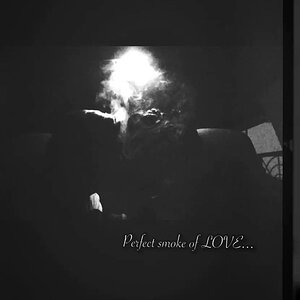TarterTurtle
TPF Noob!
- Joined
- Dec 22, 2019
- Messages
- 92
- Reaction score
- 53
- Location
- MA USA
- Can others edit my Photos
- Photos OK to edit
Hi guys, I am thinking ahead to when I will need to get my film developed, and I am thinking about doing it at home, but I heard that c-41 is kind of hard to do at home because of the temperature control, and I was wondering if it really is that hard, and if it would be recommended to do it at home, also I was wondering if there was some sort of Caffinol that would develop in color,
Thank
-Nathan
Thank
-Nathan



![[No title]](/data/xfmg/thumbnail/38/38261-db20f6f92ee8f0d4c5cf1536e308638b.jpg?1619738546)

![[No title]](/data/xfmg/thumbnail/33/33421-38d09827e584b8381c5e3a468cdf0159.jpg?1619735961)


![[No title]](/data/xfmg/thumbnail/33/33422-d1097b04586502aba932c8d5409d8026.jpg?1619735961)
![[No title]](/data/xfmg/thumbnail/32/32154-8c44f76cb4a7777142bd645c3624daac.jpg?1619735234)



![[No title]](/data/xfmg/thumbnail/38/38443-d3f00036791c5f915b132320c9ac8865.jpg?1619738614)
